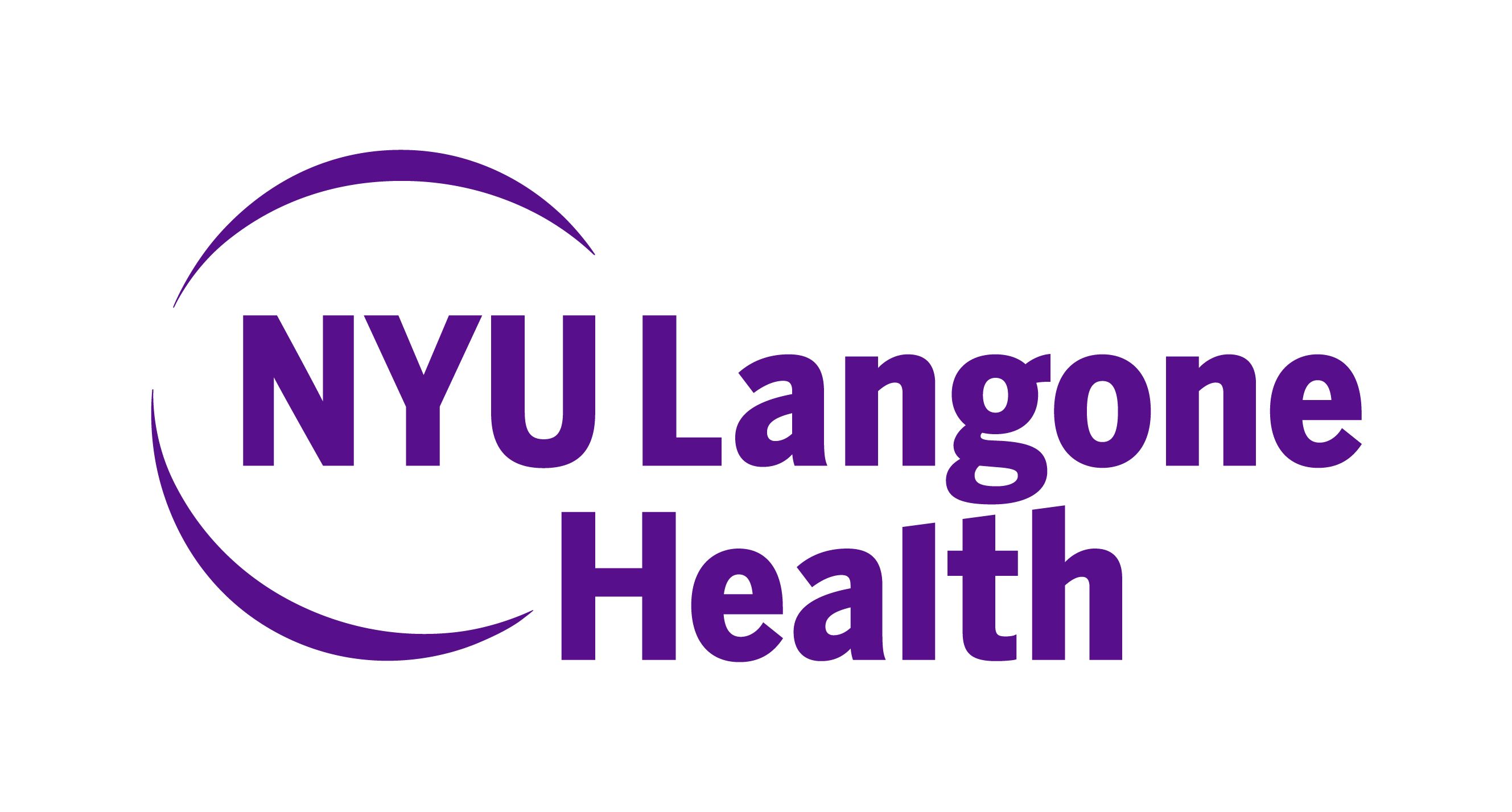
Jennifer Frontera, MD: Comparing COVID-19 Neurologic Data

The professor of neurology at the NYU Langone Grossman School of Medicine gave her thoughts on how her recently published data on neurologic disorders in COVID-19 compare to previously reported data.
"Can the virus get in the brain? It appears it can, but is it just entering tissue that’s already damaged? I don’t know.”
Throughout the COVID-19 pandemic, researchers have tried to understand whether the virus has a direct effect on the pathology of neurologic disorders. One of the earliest papers published in the New England Journal of Medicine demonstrated that the
Recently released data from Jennifer Frontera, MD, and colleagues found that 13.5% of patients with COVID-19 hospitalized during the study timeframe developed a new neurologic disorder. They also found that patients with neurologic disorders were more often male, white, hypertensive, diabetic, intubated, and had higher sequential organ failure assessment scores.
The incidence of stroke, found in 1.9% of study population, has been a topic of discussion after
Newsletter
Keep your finger on the pulse of neurology—subscribe to NeurologyLive for expert interviews, new data, and breakthrough treatment updates.































